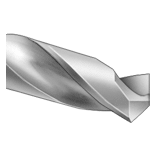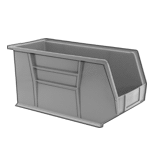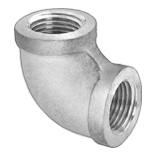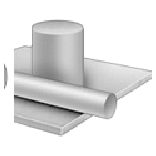Filter by
Pipe Size
Material
Fitting Type
Thread Type
Shape
Fitting Connection
Length
For Use With
OD
ID
Maximum Pressure @ Temperature
Flange Material
Wall Thickness
DFARS Specialty Metals
How to Identify and Measure Fittings
Pipe size is an industry designation, not the actual size. View information about how to measure threaded and unthreaded pipe and pipe fittings.
More



































































































































































































































































































































